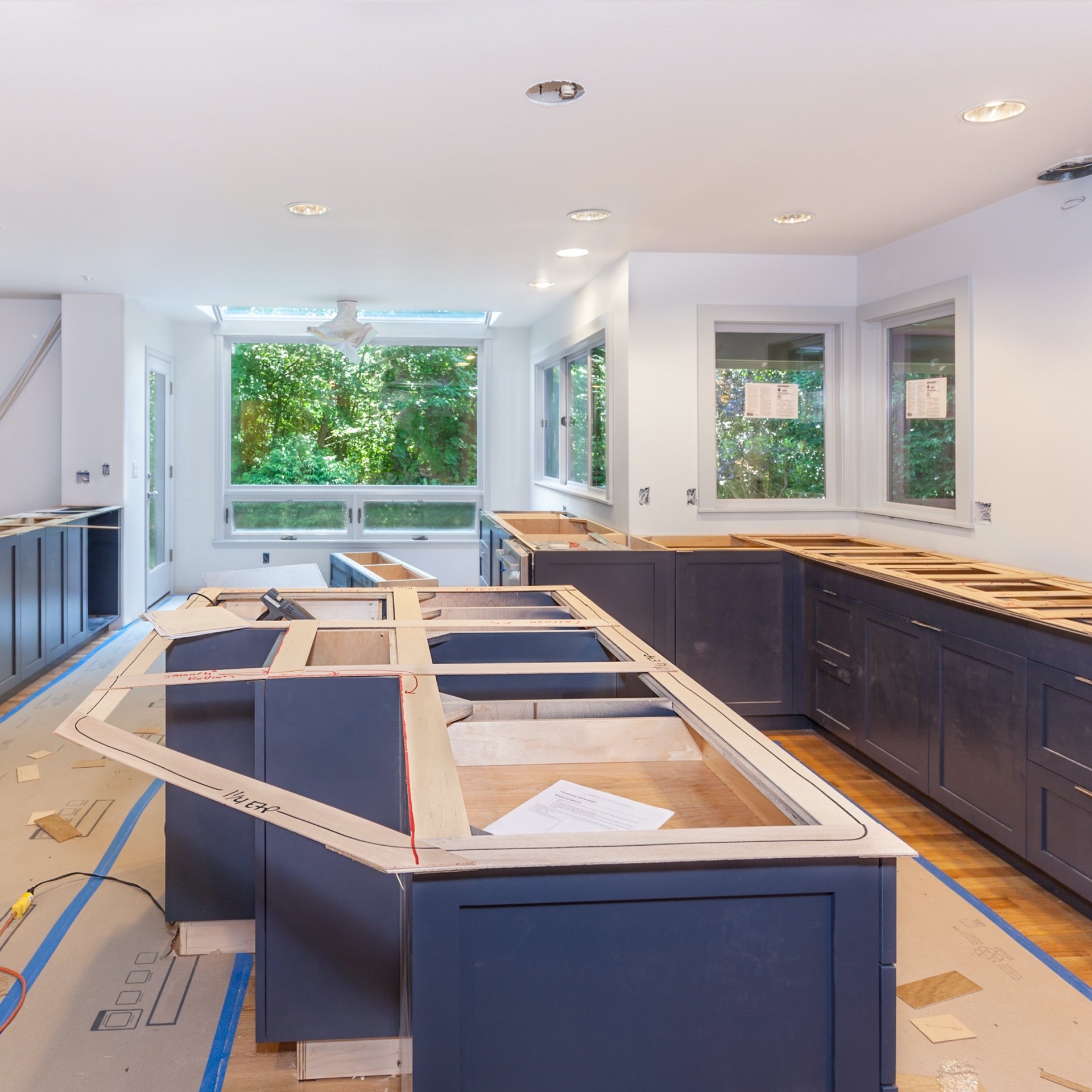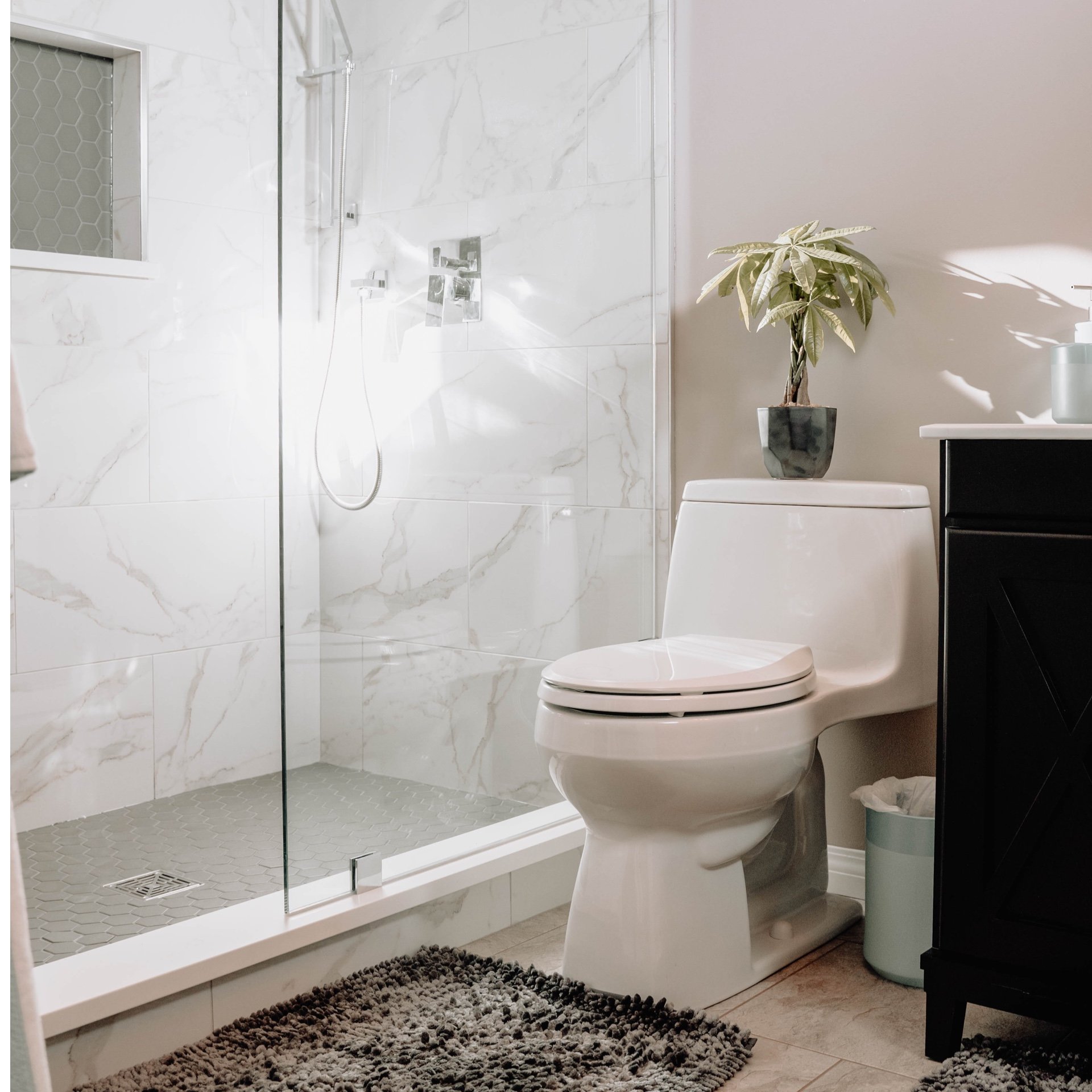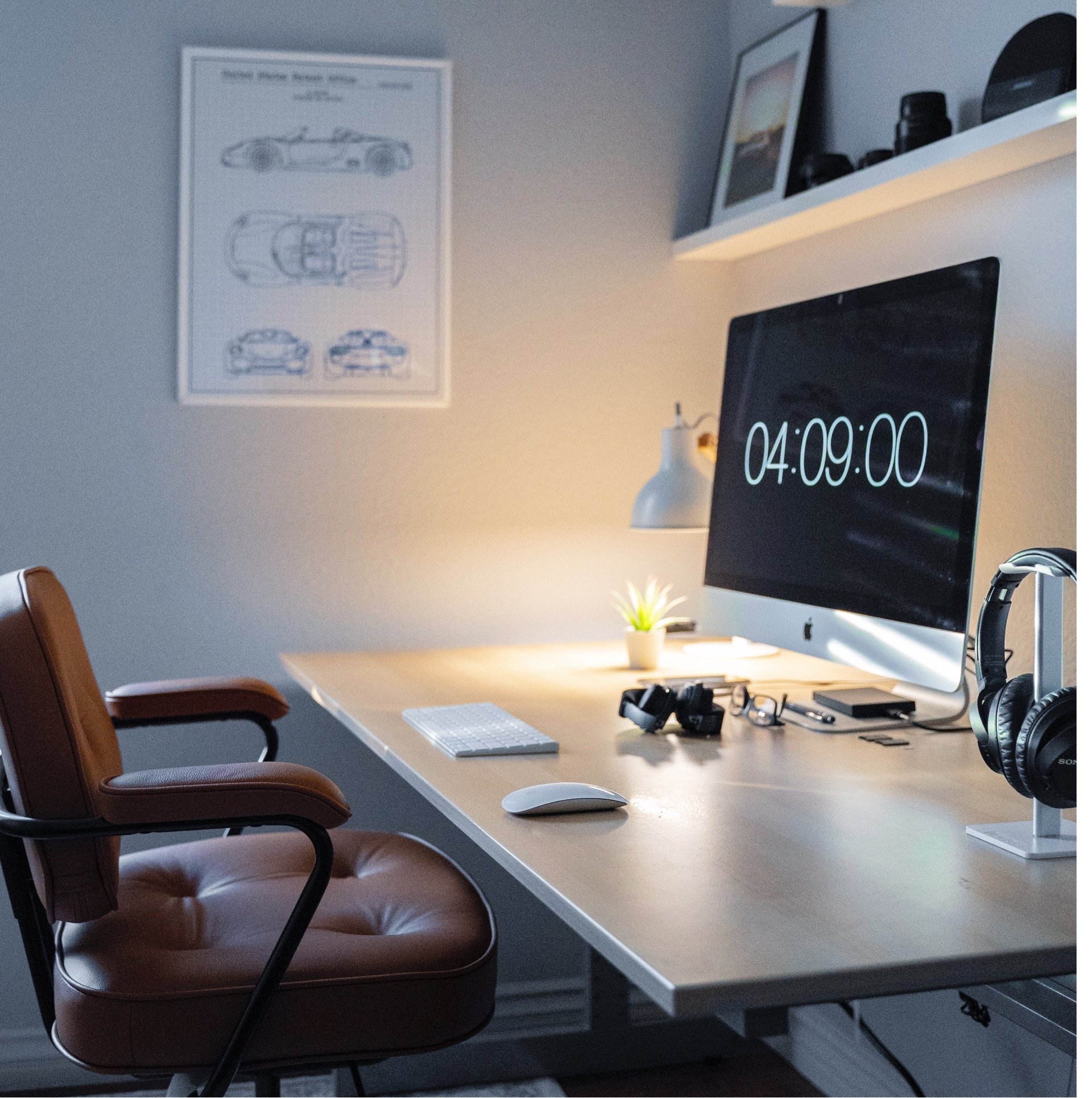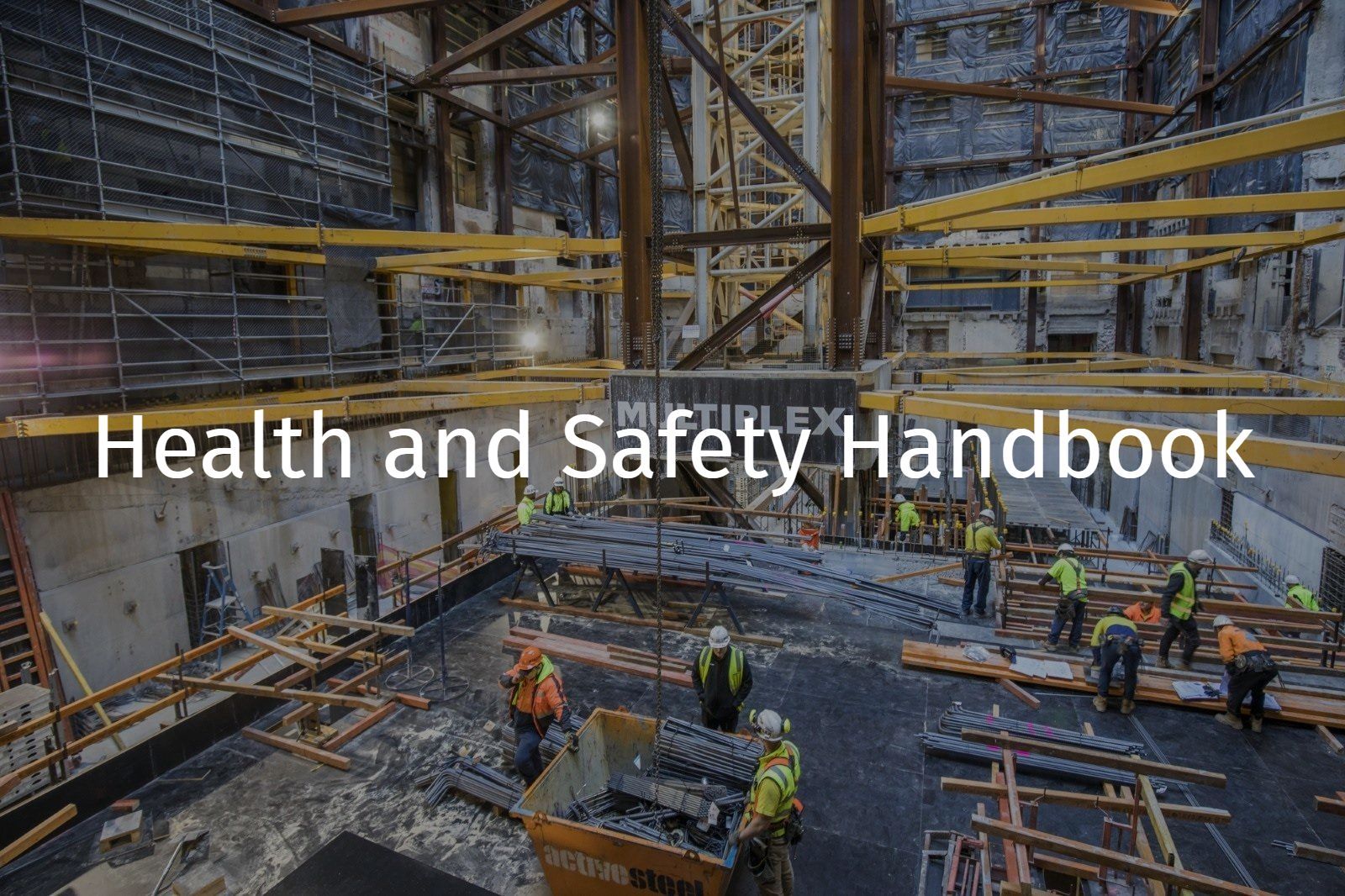Emergency, Fire and First Aid
References: R Record keeping requirement | E An engineering/certification requirement | P A permit to work requirement | S A safe work method statement (SWMS) / written plan
Informative
An emergency is defined as serious, unexpected or dangerous situation requiring immediate action.
Examples include, but are not limited to:
- Fires
- Explosions
- Collisions
- Structural failures
- Falls
- Serious injuries
- Bomb threats.
Planning
R An emergency management plan must be developed for each MPX project.
R VIC - A malicious management plan must be developed for each MPX project.
R MPX people who are emergency response team members must receive essential training in fire response and first aid training, refer to:
- Training Needs Analysis
- Training and Competency Schedule
The site induction must include information detailing the site emergency evacuation, first aid and fire procedures.
Emergency Contacts lists must be displayed and include:
- MPX supervisors (who are emergency response team members) & first aiders
- The closest hospital, doctor (general practitioner) and police station, and 000 (landline) & 112 (for mobile phones)
- Local &/or state – Electrical / Gas / Water / Environmental / WHS Authorities
- Geographical location site address and closest intersection (cross street)
- Emergency contact lists and emergency procedure must be displayed in the site office/amenities. This information must be periodically reviewed throughout the project lifecycle to maintain currency and validity.
The minimum emergency equipment available on site must include:
- First aid kit
- Stretchers
- Oxy viva
- Defib
- Fire extinguishers
- Evacuation plan & emergency assembly area
- Spill kit
- Warning siren/horn
- Emergency contact list
- Communication equipment – Landline, mobiles, or two way radios
- Reporting forms
R First aid risk assessments must be documented and periodically reviewed.
R Emergency response equipment must be regularly inspected and maintained; records of inspection / testing must be maintained on site. The MPX site manager or their representative is responsible for verifying equipment is available and serviceable.
R Supervisors (of each subcontractor) are responsible for recording the number of personnel (including secondary subcontractors on site each day, these number must be reported to MPX at the commencement of any shift.
R All injuries must be recorded
Evacuation
The site emergency assembly area must be clearly signed stating ‘emergency assembly area’. Directional signage must be installed where required.
Emergency sirens must be installed on the project, they must be periodically tested. A back up siren/horn must be available on site.
R Evacuations (drills) must be conducted at least annually.
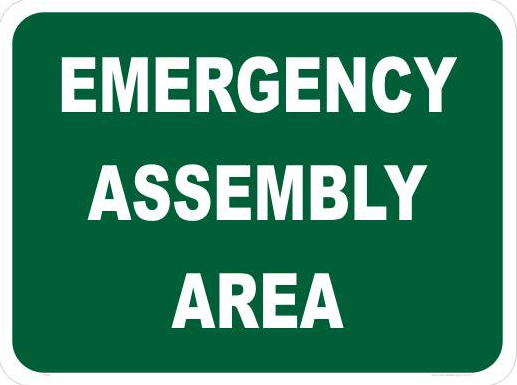
First Aid Facilities
First-aid facilities should have sufficient space for first aid equipment to be placed and used effectively, and have:
- Telephone and backup communications
- List of emergency/medical contact numbers
- Wash basin with hot and cold water
- Disposable hand towels
- Work bench or dressing trolley
- Refrigerator
- Defibrillator/ oxy viva set
- Stretcher
- Chairs
- Storage cupboards
- Lockable cabinet for records
- Refuse containers
- Examination couch or bed with appropriate pillow and blanket/covers
- Eyewash facilities
- Electric power outlets
- First aid kit along with additional quantities of consumables qualities
- Disposable gloves
- Protective glasses
- Torch/back up lighting
- Critical spares for specialist equipment
- First aid books
- Pen and paper
Two (2) First aid kits as a minimum must be available on site at all times
- Wall mounted kit – sufficient to service the maximum number of personnel expected onsite
- Trauma kit, defibrillator and oxyviva.
First-aid Attendants
An MPX employee / subcontractor who has a current and valid first aid qualification (Provide First Aid - Minimum) must be present on site at all times whilst construction work is being carried out.
Rescue Cage
Where risk assessment determines a rescue cage is required, the rescue cage must be available on site and must be in accordance with:
- Section: Work boxes / Rescue Cage.
Site Emergency First Aid Call System (NSW, VIC QLD)
Where risk assessment determines a site emergency first aid call station system is required:
- The system must be installed, maintained and tested at intervals as specified by the manufacturer
- MPX first aiders must be familiarised with the systems operational procedures.
Where installed site emergency first aid call systems should:
- Be clearly signed
- WA Have pagers on site
- Have a battery backup power system
- Have a base station in the site office or first aid room
Spill Kits
A spill kit or spill kits must be available on site.
The number and type of spill kits required on site and the location of spill kits must be assessed prior to construction and during the various stages of construction.
Due consideration must be given to project requirements, nature of work, substances used and environmental conditions such as proximity to bodies of water, storm water drains and ecological sensitivity.
Spill kits contain the necessary equipment and materials to appropriately manage spill incidents, including absorbent granules, pads and booms, waste disposal bags, dust pan and brush, PPE, instructions and contents list/reorder form.
Subcontractors are responsible to provide their own spill kit where applicable e.g. where refueling equipment. Spill kits must be labelled ‘ SPILL KIT’
R Spill kit contents must be checked at regular intervals during site inspections.
Access to spill kits is not to be obstructed.
Persons responsible for using spill kits must be trained in the use of the spill kit.
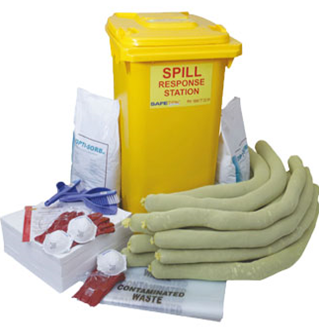
Fire Prevention
Smoking is only permitted in designated areas, smoking in non-designated areas may constitute unacceptable behaviour and result in disciplinary action.
Designated smoking areas are required to have
- A fire extinguisher
- Industrial ashtray or sand filled bucket or similar
- Signage
High standards levels of housekeeping should be maintained particularly with relation to flammable materials, refer to:
- Section: Housekeeping
- Section: Hot work
Storage of flammable liquids must incorporate the use of correct containers, flame resistant cupboards or rooms, the exclusion of ignition sources, signs posting the area, the control of decanting and issue, refer to:
- Section – Substances and Dangerous Goods
Temporary office buildings should be constructed of non-combustible materials.
Staircases and other emergency fire brigade access/egress routes must be kept free of materials/equipment etc. and are not to be used as storage or parking areas.
Fire Equipment
Fire equipment must be serviced and tagged at least every six (6) months.
R A fire equipment register and location plan must be maintained and be available on site.
A fire extinguisher or fire suppression systems must be on each item of mobile plant.
Where specialist plant & equipment is utilised e.g. jump-form / slip-form, suitable fire equipment and water must be made available for fire protection.
Fire extinguishers must be located between 2 and 20m from any significant switchboard incl. DB boards
Fire extinguishers must be available in the site office and in the amenities complex.
Fire extinguishers must be available in the immediate vicinity of any hot work, refer to:
- Section: Hot Work.
Fire precautions during construction must comply with the National Construction Code requirements:
- At least one (1) fire extinguisher for A, B, C and E class fires must be provided on each level adjacent to permanent or temporary exit, and
- Once the building has reached a height of twelve (12) meters fire hydrants and hose reels must be operational on each level that is covered by a roof or the floor structure above, except the 2 (two) uppermost levels, and
- Booster connections must be installed
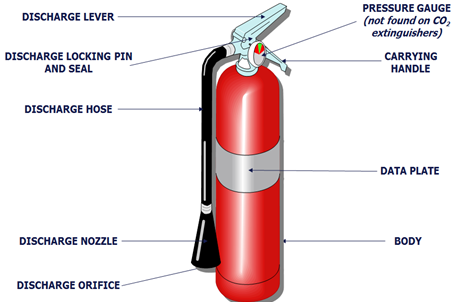
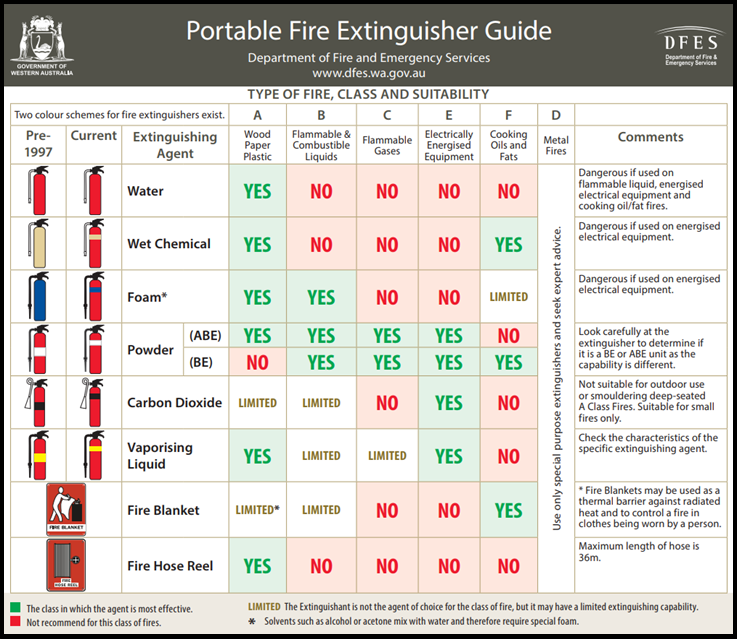
Document Control
Version 1 August 2019 – New Standard
Version 2 9th May 2022 - Inclusion of the fire extinguisher's location requirements from any significant switchboard
